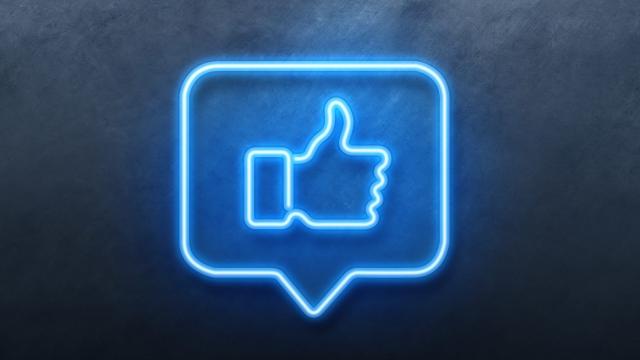Generally speaking, texting is an effortless, productive way to communicate. Sure, it can become tiresome when I find myself in a group chat that is degenerating into a flurry of missives that I don’t care about; in these instances. the ability to mute an annoying thread is a godsend. But there’s another annoying facet of texting that’s entirely beyond my control, and deserves excoriation: the seeming inability of some texters to resist liking, haha-ing, or otherwise emoji-reacting to every goodam message I send them.
Probably there are more than a few of these itchy-finger texters among your friends and family — folks who think nothing of responding to even entirely banal messages with cryptic thumbs ups, hearts, or exclamation points, never mind that said texts might actually merit responses containing — GASP — actual words.
You might think my gripes are small potatoes, but the tapback function — which allows texters to respond to messages with simple, unwritten responses like question marks, hearts, and thumbs up or down — is terribly overused, and it makes texting even more impersonal. Discourse Blog recently suggested it’s time people seek a consensus as to how to properly use the thumbs up emoji in texting, but I would push the issue forward with a bit more vehemence: You need to use your tapbacks sparingly and strategically, and use actual words more often.
Some minor texts go a long way
Reacting to a text with a heart tapback is no replacement for a thank you. For that matter, sending someone a heart emoji also pales in comparison to a “thank you” — especially one followed by an exclamation point. (I don’t make the rules, this is merely how the unspoken subtleties of texting can flummox even the most level-headed of us.)
If I wish you a happy birthday via text, simply reacting to the message with a heart doesn’t tell me you appreciate the gesture. To me, your reaction is a nonverbal yawn, an indication that tributes have been pouring in on your very special day, making it impossible to muster a “thanks!” as you wade through the deluge of well-wishes.
The same applies to many other kinds of messages. Why would you slap a thumbs up or an exclamation point on my message asking “what are you up to tonight?” Have our brains been scrambled by the sheer number of screens and digital notifications vying for our attention? If you’re hitting a tapback in response to simple messages like “do you have plans tonight?” the answer is probably yes.
A text — though more devoid of tangible emotion and nuance than basically any other form of discussion — is supposed to be a conversation. And tapback, especially when in a text chain between two people, doesn’t further the conversation at all. Rather, it’s like a bear trap that stops a discussion dead in its tracks.
When someone sends you a joke or a well-wish, I think it’s fine to respond with a tapback, if it’s followed by some other kind of subtle textual affirmation. I often sprinkle in a “lol,” or a “nice one,” just to reinforce that I’ve actually read the message and haven’t fallen off a cliff while glancing at my phone.
When tapbacks are good
Don’t get me wrong: If we consider tapbacks at their barest functional level, they can be quite useful when used sparingly. Is someone telling you to remember to lock the back door before leaving the house? React with a thumbs up — it shows the message has been received and that you understand the importance of not getting burglarized. Are you in a group chat where someone’s jokes are lighting up the thread? A simple “haha” react will suffice — no need to overshadow the jokester or try to shout over the noise.
A tapback is also great way to indicate a full stop. Are you trying to put an end to the back-and-forth of a conversation? Just plaster a thumbs up on the final message, suggesting that the message, as it were, has indeed been received.
But it is vital that we do not abuse the power of the tapback. It has its inarguable usefulness, but whether or it’s appropriate is highly contingent upon context. So if I text you “hey, what’s up?” please, for the love of all that is decent in this world, don’t respond with a thumbs up. Send me some text. It’s right there in the name.

Leave a Reply
You must be logged in to post a comment.